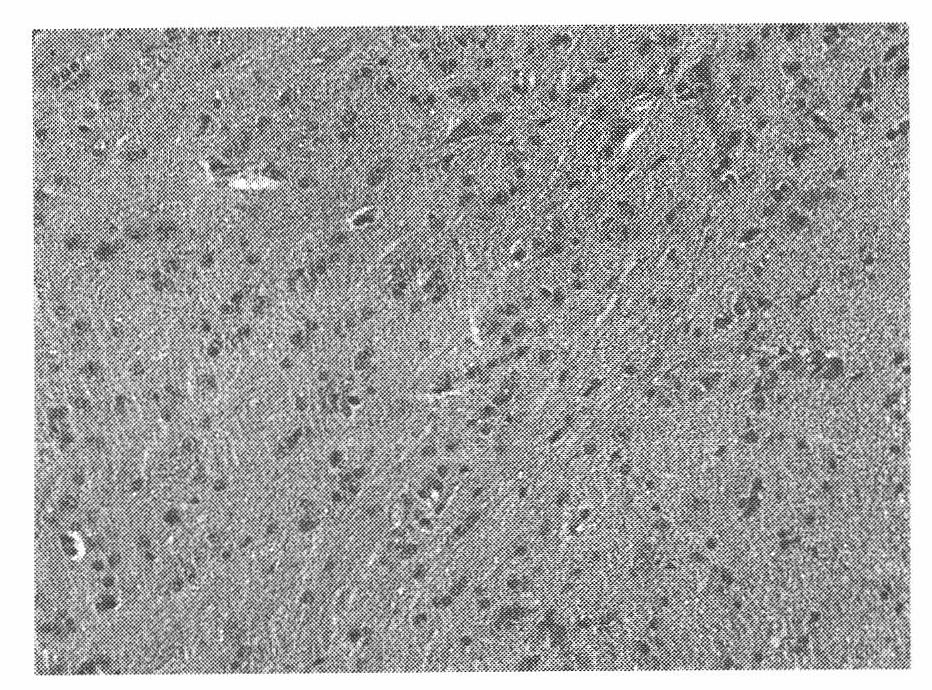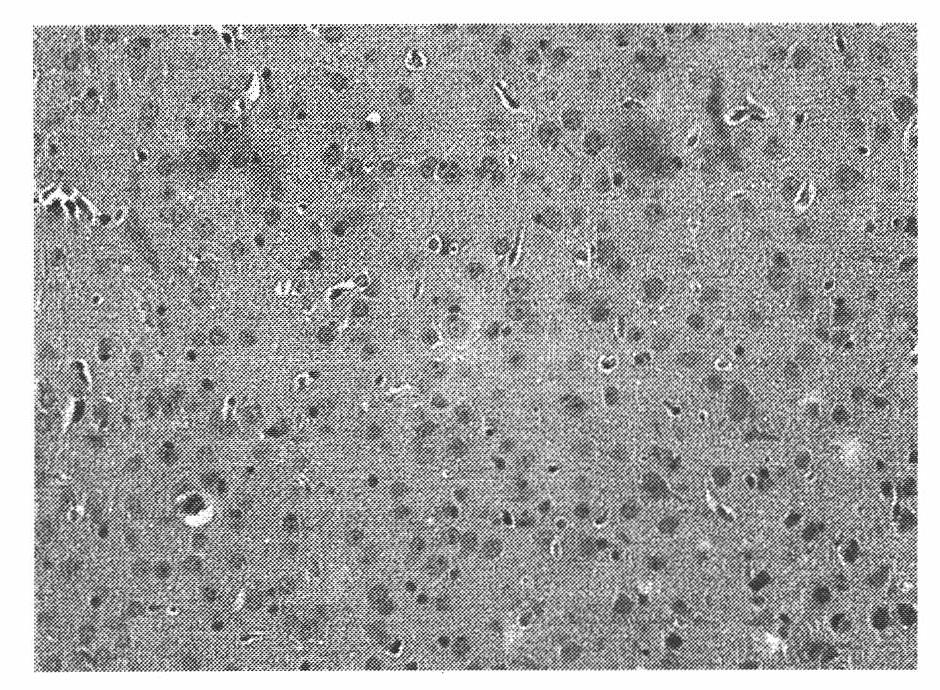Preparation method of composite animal model with Alzheimer disease
A technology of Alzheimer's disease and animal models, applied in the direction of active ingredients of aluminum/calcium/magnesium, which can solve the problem of not having the most suitable animal model for AD
- Summary
- Abstract
- Description
- Claims
- Application Information
AI Technical Summary
Problems solved by technology
Method used
Image
Examples
Embodiment 1
[0074] Establishment of an Animal Compound Model of Aluminum Poisoning APP / PS1 Double Transgenic Mice
[0075] 16 healthy male C57BL / 6J mice and 16 healthy male APP / PS1 double transgenic mice (Institute of Zoology, Chinese Academy of Sciences) were selected, with a body weight of 20-22 g and similar mobility. They were randomly divided into 4 groups: wild mice control group, wild mice exposed to aluminum group, APP / PS1 double transgenic mice control group, APP / PS1 double transgenic mice AD compound model group, with 8 mice in each group.
[0076] Freshly prepared 1mol / L AlCl 3 ·6H 2 O solution, after autoclaving, was exposed by intraperitoneal injection. The exposure period was 60 days, 0.05mL / d, injected every other day, and a total of 30 injections were injected within 60 days. Intramuscular injections of penicillin and streptomycin were given intermittently to combat infection. The control group was intraperitoneally injected with the same volume of sterilized normal s...
Embodiment 2
[0079] Morris water maze test
[0080] Morris water maze (Morris water maze, MWM) was performed after the poisoning. The Morris water maze consists of a white cylindrical pool and a transparent plexiglass platform that can be moved and adjusted in height. The circular pool has a diameter of 100cm, a height of 75cm, a platform height of 50cm, and a diameter of 10cm. The pool wall is composed of white metal plates. The water depth in the pool is 30cm, the platform is 1cm below the water surface, and the water temperature is 22±2°C. A camera with a display system is placed above the maze, and the computer automatically tracks the timing and records the swimming track. The external reference in the maze remained unchanged during the experiment.
[0081] Place navigation experiment: the mice received continuous training for 4 days, 4 times a day, with an interval of 20 minutes each time, and recorded the time required for the mice to enter the water from four different quadrants...
Embodiment 3
[0088]Preparation of tissue sections and routine HE staining
[0089] After the aluminum exposure period, the mice were anesthetized by intraperitoneal injection of pentobarbital sodium, perfused and fixed, and the brain was decapitated to remove the brain, and the removed cerebral cortex and hippocampal tissue were quickly fixed in 10% neutral buffered formalin, graded ethanol Dehydrated, cleared in xylene, embedded in paraffin, sectioned with RM-2245 paraffin microtome, thickness 5 μm, baked at 60°C for 12 hours, then taken out and stored at room temperature for routine and special histological staining.
[0090] 1) Dewax the tissue sections with xylene for 2×10 min; 2) Dexylene with absolute ethanol for 2×1~2 min; 3) 95%, 80%, and 70% ethanol for 2 min each, and wash with tap water for 1 min; 4) Hematoxylin staining for 3 min , washed with tap water for 1min; 5) 1% hydrochloric acid alcohol differentiation for 20s, washed with tap water for 1min; 6) 1% ammonia water turned ...
PUM
 Login to View More
Login to View More Abstract
Description
Claims
Application Information
 Login to View More
Login to View More - R&D
- Intellectual Property
- Life Sciences
- Materials
- Tech Scout
- Unparalleled Data Quality
- Higher Quality Content
- 60% Fewer Hallucinations
Browse by: Latest US Patents, China's latest patents, Technical Efficacy Thesaurus, Application Domain, Technology Topic, Popular Technical Reports.
© 2025 PatSnap. All rights reserved.Legal|Privacy policy|Modern Slavery Act Transparency Statement|Sitemap|About US| Contact US: help@patsnap.com



